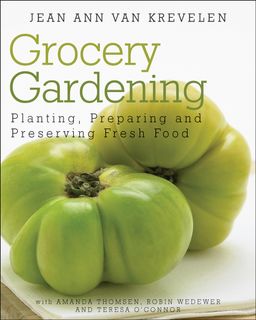 It's Saint Patrick's Day. A day to celebrate your Irish heritage -- even if your name happens to be Fong or Feinstein. A day to wear green -- or get pinched. And a day to plant your peas -- if you live in a temperate climate.
It's Saint Patrick's Day. A day to celebrate your Irish heritage -- even if your name happens to be Fong or Feinstein. A day to wear green -- or get pinched. And a day to plant your peas -- if you live in a temperate climate.
I actually planted my peas a week ago in raised beds, because my Boise garden (USDA zone 6B; Sunset 3) is walled in and stays warmer than most. In about 60 more days, I should be snacking. Meanwhile, this lovely photo from Isabel Gomes shows snap peas from my coastal California garden a few years back.
Cool facts about peas:
- Nitrogen Fixers: As a member of the legume family, peas are nitrogen fixers. So, they feed the soil and plant by adding back nitrogen. How do they accomplish this feat? By forming a symbiotic relationship with bacteria called rhizobia found in root nodules. Encyclopedia Britannica shows this process here. Note: if you harvest your peas, the nitrogen will be used to feed the plant. If you want to feed your garden instead, cut up and incorporate the entire plant back into the soil before it flowers, according to New Mexico State University.
- Pea Inoculants: Sometimes your peas need a little extra help to germinate properly and fix nitrogen, especially if you haven't grown legumes in that spot before. Consider dusting your seeds with inoculant before planting to introduce commercially prepared rhizobia bacteria into soil. You'll increase your yields and have stronger plants too. Note: Each legume species requires a specific species of rhizobia, reports Colorado State University. So pick the right one.
There's also a great article by Weldon Burge in the March/April issue of Gardening How-To Magazine. Even if you don't subscribe, you can still find good plant suggestions.
Want ideas for building pea trellises? GardenDesk.com has a nice article with photos from last year.











No comments:
Post a Comment